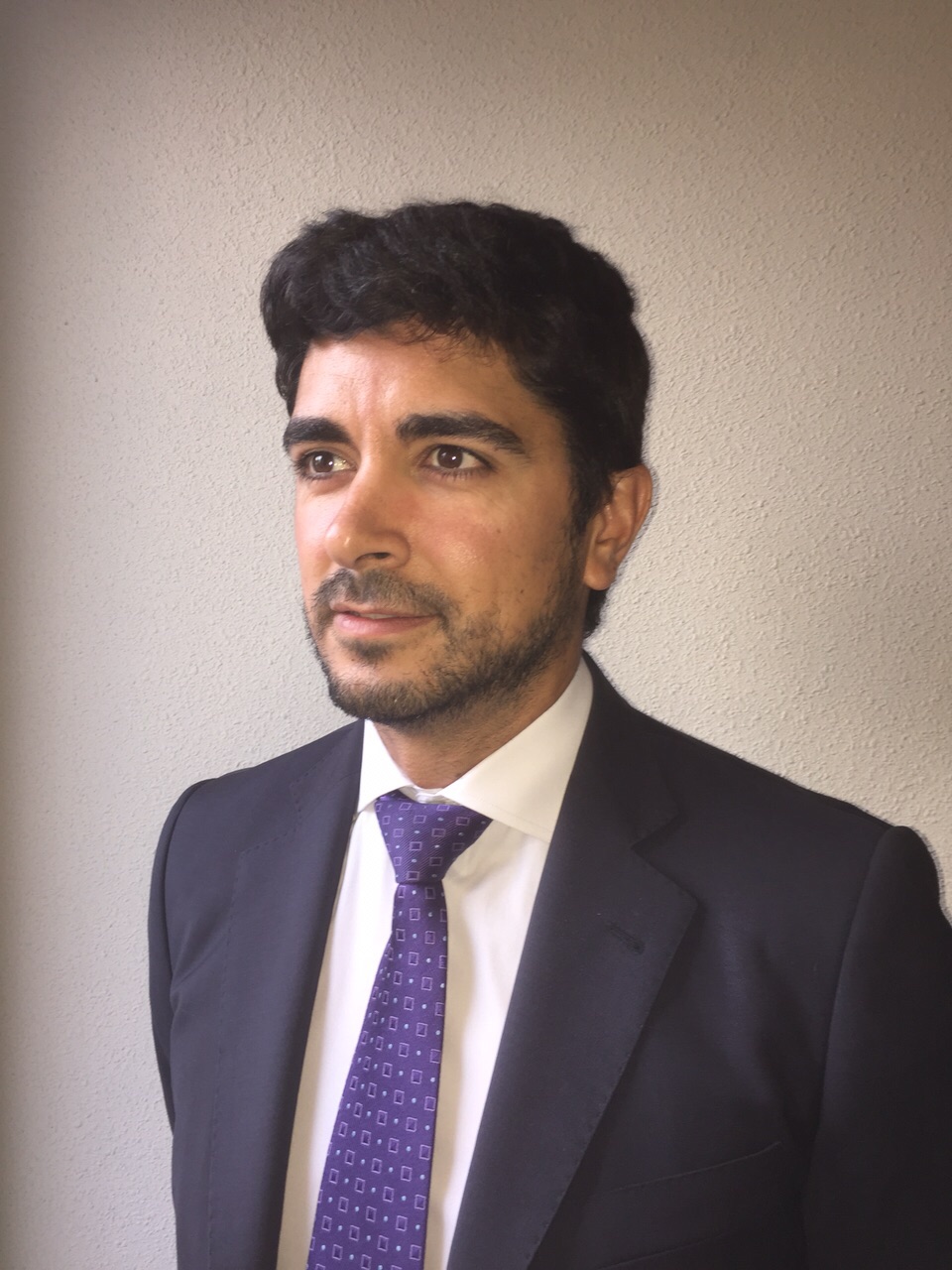Investing in EM debt needs a new perspective, according to Nordea. “In the current environment, however, we believe that successful investing in EM debt requires a nuanced approach that can capture idiosyncratic relative value opportunities, rather than simply underweighting countries exposed to macro headwinds or specific negative events ”, say Cathy Hepworth, Senior Portfolio Manager and Sovereign Strategist, PGIM Fixed Income, and Matthew Duda, Portfolio Specialist, PGIM Fixed Income. In this interview with Funds Society, they explain their view on the asset class.
How will a possible US interest rate hike affect emerging market debt?
We look for the Federal Reserve to take a measured approach to raising short-term rates which should be positive for EM debt—and the fixed income spread sectors in general—as there will likely be ample global liquidity still searching for yield in today’s historically low global rate environment. The Fed is expected to be appropriately cautious in light of the current combination of: 1) volatile global financial markets; 2) mixed U.S. and global economic data; 3) prospects of persistently low global inflation pressures; and 4) its more limited ability to react to downside shocks at this point.
Regarding the effect on EM debt, the sector has generally performed well during Fed hiking cycles. EM debt produced positive total returns following the start of the Fed hiking cycles of 1999-2000 and 2004-2006. It also outperformed other fixed income sectors for the three years following the start of the 1994-1995 cycle. This largely resulted from the sector’s excess starting yield, U.S. Treasury curve flattening—which we expect to occur again during the next hiking cycle—and the longer-term improvement in sovereign credit quality which significantly dampened default fears.
In the current environment, however, we believe that successful investing in EM debt requires a nuanced approach that can capture idiosyncratic relative value opportunities, rather than simply underweighting countries exposed to macro headwinds or specific negative events.
What are the greatest risks facing an emerging debt fund manager currently?
Current risks include, among others, the potential for a global recession, unexpected volatility from China, or a sudden EM specific or broader developed market political or economic event that drives investors to adopt a more “risk-off” appetite. It’s important to have the resources to research and understand different risks to identify the best opportunities in an individual country. EM fixed income investing is about accruing that knowledge over credit and market cycles.
Is it the right time to move back into emerging market debt with a view to the remaining part of 2016 and next year? Why?
We believe there are attractive opportunities in EM hard currency bonds at present, along with select local bond markets. EM debt has performed well so far in 2016, rebounding from below-average returns in 2015. Year-to-date returns through 31 August 2016 range from a high of about 14.5% for EM hard currency debt to about 7% for EM local currency debt (hedged to USD) and FX. We believe the low yields available in the developed world and the prospect of major central banks maintaining accommodative policies and quantitative easing programs make the valuations in EM compelling. EM quasi-sovereign and sovereign spreads are trading at the wider end of the post-financial crisis range. From a macro perspective, industrial production in EM is rebounding in major EM countries including Brazil, Mexico, Indonesia, Russia, and Colombia.
Other factors supporting EM debt include a weaker U.S. dollar relative to recent highs, some stabilization in the Chinese Yuan, a recovery in commodity prices, and an attractive valuation environment. Also, EM equities have outperformed developed market equities in recent months, which tends to be a leading indicator of the positive performance potential of other EM assets. Finally, investor inflows into EM debt are providing an added layer of support. When investing in EM debt it’s important to maintain a long-term view. In this manner, investors can benefit over time from market dislocations which create opportunities to buy fundamentally sound assets at a discount.
Where do prices stand at the moment? Are they attractive?
Although EM debt has rallied in recent months, we believe prices are still attractive relative to historical levels. For example, the spread on the sovereign JP Morgan EMBI Global Diversified Index as of mid-September 2016 was +330 bps, which is about +75 bps cheap to the tighter levels reached at the beginning of the second half of 2014 and about +160 bps cheap to pre-global financial crisis levels in 2007. We believe there is still good fundamental value in many individual sovereign and quasi-sovereign issuers that trade wide to the index level in spread. Importantly, while some of these issuers may be rated below investment grade, we believe there are numerous opportunities to take advantage of mispriced risk.
In EM, it is often the case that political and policy uncertainty leads to volatility that is not commensurate with an issuer’s underlying fundamental value. It is these sell-offs that often lead to the most attractive opportunities in the sector. For example, there are currently many such opportunities in select “Next Gem” or “frontier” countries in Africa and Asia, as well as larger countries such as Indonesia, Russia, Brazil, Mexico, Argentina, and Venezuela. In the local bond markets, the average yield relative to developed market yields is still very attractive at over 6.25% as of mid-September. A number of EM countries are cutting rates, or are nearing the end of their hiking cycles, which is generally an indicator that rates are poised to rally.
And currencies? Have they bottomed out across all emerging markets?
In EMFX, we believe valuations relative to historic ranges are attractive in select Latin American and EMEA countries. The recovery and stabilization in commodity prices, bottoming out of EM economic growth, improved current account balances, and more benign global interest rate outlook should all support EMFX in the coming months.
Which geographical regions do you like most? Asia, Latin America, Eastern Europe…
Our portfolios are diversified and seek to take advantage of opportunities across multiple EM regions and EM sectors. Currently, we favor select opportunities in commodity-sensitive Africa, in Russia and Kazakhstan, and in Latin America and Asia, including Indonesian sovereign, quasi-sovereign, and local bonds.
On which Latin American markets are you focusing?
We’re finding value in Brazil, Mexico, Argentina, Venezuela and the Dominican Republic. We evaluate the broad range of Latin American fixed income markets, including sovereigns, quasi-sovereigns, corporate bonds, local bonds and FX.
After difficult and still ongoing economic and political adjustments, we believe that select Brazil sovereign and quasi–sovereign issuers, including commodity-related quasi-sovereigns, can offer value. In Mexico, we like certain corporate issuers relative to the sovereign debt. In Argentina, the bonds of the larger provinces and energy-related bonds look attractive, along with exchanged bonds of the sovereign. Among smaller issuers, we view the Dominican Republic as an improving credit, and believe that El Salvador bonds are trading at attractive levels relative to default risk. In Venezuela, many bonds trade at levels that are attractive to expected recovery value, and we think very near maturity bonds will be paid.
In local currency bonds, we like the short-intermediate and long-end of the Mexican yield curve. In local Brazil, we look for an interest rate cutting cycle to begin this year and continue into next year. Here, we prefer a mix of nominal and inflation-linked bonds given that real rates are high. Finally, we believe there is value in the Mexican peso given that it is trading cheap relative to fundamentals and when evaluated from a real effective exchange rate perspective.
Nordea has recently registered the fund Nordea – 1 Emerging Market Bond in Chile. Do you believe that emerging debt is an attractive option for Latin American investors?
One of the benefits of investing in EM debt is its diverse geographic exposures and types of securities. A Latin American investor can benefit from the diversity of commodity sensitivities(i.e. exporters and importers), as well as varying industry and country economic growth trends. With more than 60 EM countries to choose from, investors and asset managers can potentially take advantage of numerous relative value opportunities through market cycles. Historically, investing successfully in EM debt entails diversifying risks, having a long-term view, and understanding that even though the markets appear unfavorable at times, EM debt tends to bounce back fairly quickly following a global shock or sell-off.



